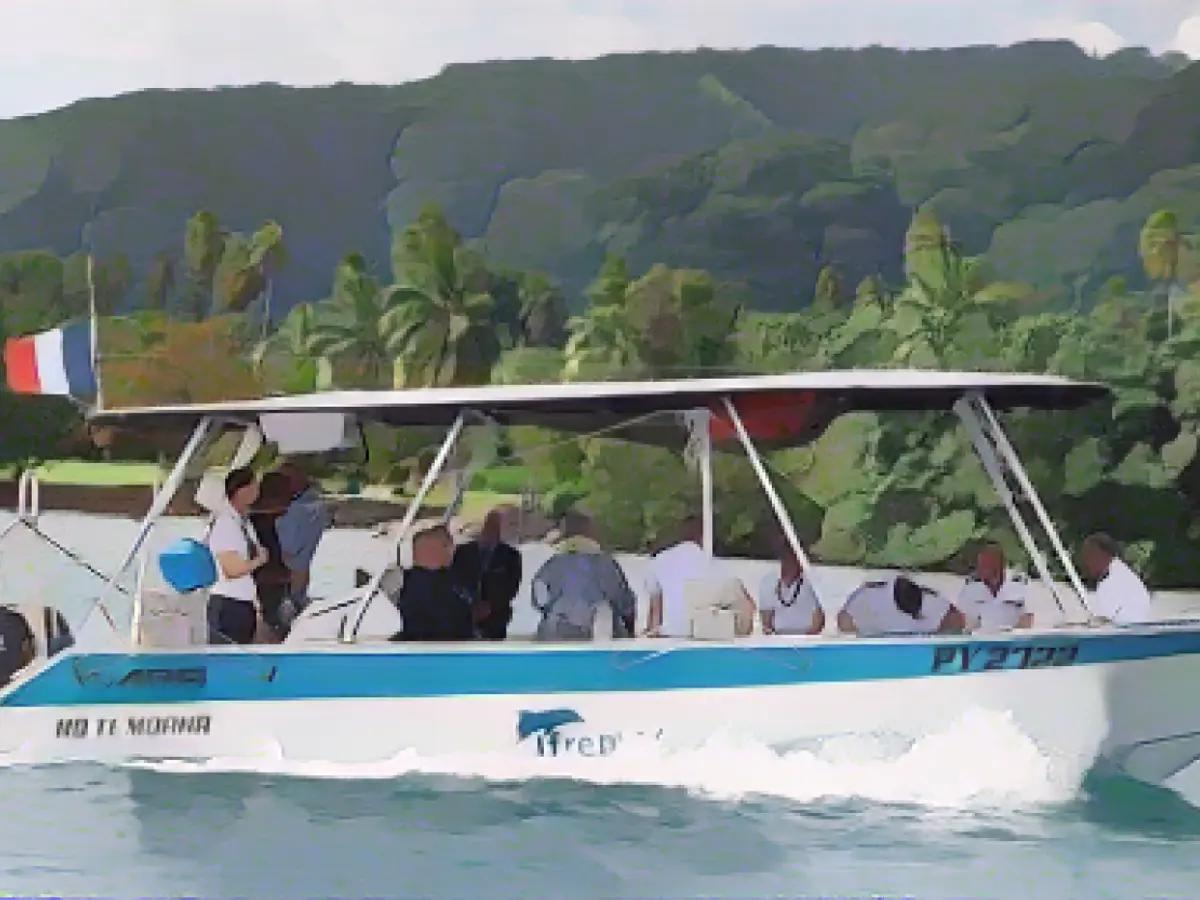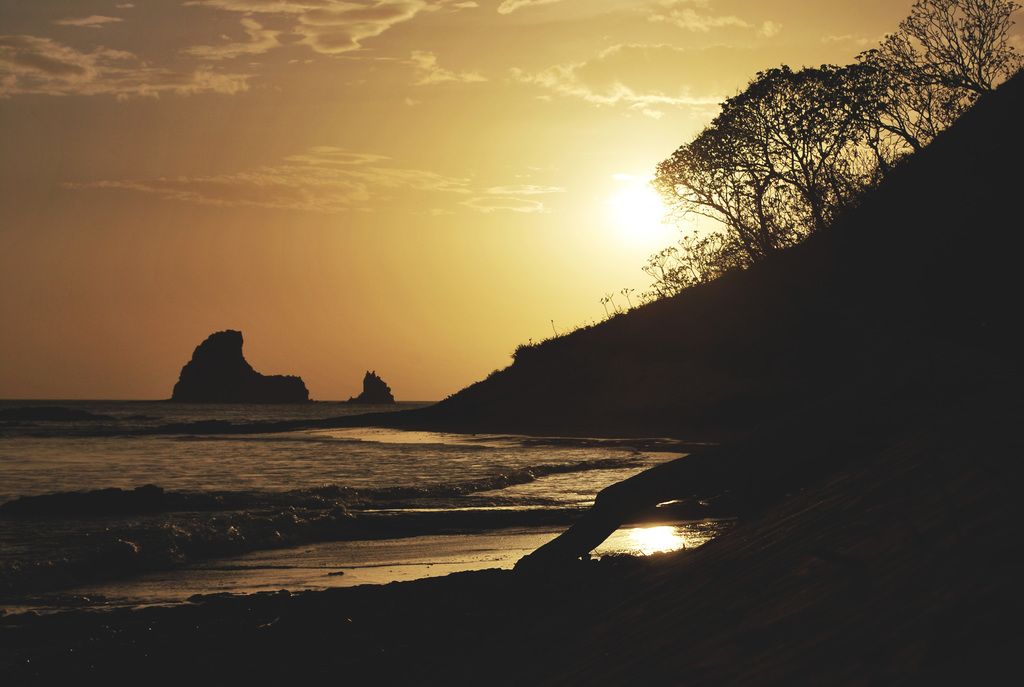Aluminum tower construction for Olympic surfing event halted due to coral damage concerns in Tahiti
Tahiti, 9,759 miles from Paris, is renowned as one of the world's top surf spots, hosting the World Surf League (WSL) Tour that involves erecting temporary structures for competitions before tearing them down. Olympian organizers intended to construct an aluminum tower and broadcast the competition, but opposition from locals and professional surfers arose.
In November, organizers announced they'd revised the tower's design to make it more modest. Initially, the tower weighed 14 tons, but after revisions, it now weighs 9 tons. Still, the foundations require drilling.
A petition from Tahiti resident and visitors advocating the government reconsider the tower, a drilling platform, and an underwater pipeline for surf competitions, has garnered over 181,000 signatures. Recently, a Save Teahupo'o Reef video showing a barge damaging the coral reef while attached to the tower caused further controversy.
The International Surfing Association (ISA) called the damage "sad and surprising," adding that it halted further tests for the time being to investigate and learn lessons from the incident[1].
Controversy over the structure persists. Pro surfer, Kanoa Igarashi, expressed his concerns on Instagram, asking why the organisers hadn't considered the local environment, doubtful that the temporary event would benefit the community in the long term.
Criticisms have also come from twelve-time world champion, Kelly Slater. With the Olympics aiming to leave communities in better condition than before, some question if the structure aligns with this goal.
Environmental concerns surrounding new builds have long been raised by locals and activists. Astrid Drollet, representing the Vai Ara O Teahupo'o committee, expressed frustration that training would take place during the competition, instead of using the existing wooden tower which has served well for years. The new structure poses significant environmental damage[1].
The construction squares off against corals crucial for surf zones, damaging more than just the ocean's ecosystem. Analyzing the potential ramifications of riff destruction, marine ecologist Alexandra Dempsey, emphasized the bond between the community and marine life, including the numerous fish species and rare coral varieties in the area.
Some, like Tahiti Tourism, stress the need to protect fragile coral species impacted by climate change and excessive tourism. As Paris 2024, the International Olympic Committee, and the French-Polynesian government remain silent on the construction's future, environmental concerns grow[1].
[1] enrichment data
[2] Tahitian locals and environmental activists successfully pressured French officials to alter the tower's design, emphasizing the need to preserve the fragile coral reef ecosystem, a shift reflecting increased consideration for the environment and local communities.








